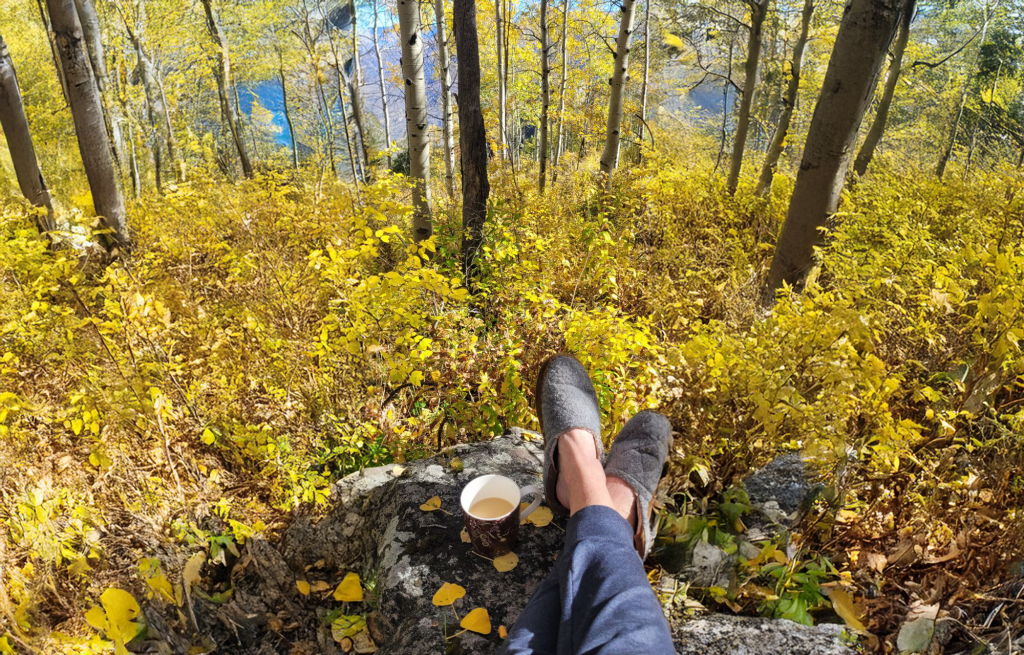Becoming a Montessori teacher was my first experience with a truly transformative learning process. It started out innocently enough — I was a new mom, eager to continue my education, and I had the support of my family. Little did I know, this journey would change everything.
Even though I grew up in a family of educators — my parents and grandfather were all teachers — it wasn’t until I turned 30 that I truly understood I, too, was an educator. For a long time, I resisted the idea of becoming a teacher. I wanted something more “exciting.” Now, I realize that what I was really resisting wasn’t teaching, but the traditional education system itself. I had inherited a love of learning and teaching; it was literally in my bones. It was something I didn’t have to force — it was part of who I was.
To become a certified Montessori teacher, you have to complete a nine-month practicum, where you work as a student teacher. This means committing to a classroom, showing up every morning, five days a week, for an entire school year — and doing it all without pay.
Let me be honest: it was grueling — but in all the right ways. (That’s how transformation works, after all.) For much of that year, I had no idea how the experience was reshaping me. I was exhausted, excited, frustrated, and sometimes, I seriously considered quitting. There were highs and lows, but through it all, I was developing a deep resilience and trust — in myself, in the Montessori pedagogy, and in my students.
That year changed me in ways I couldn’t fully appreciate at the time. It was the foundation of who I am as a teacher today. And it continues to open doors for me.
Both of my children have had the privilege of attending Montessori schools. I’m so grateful they’ve experienced an environment that honors their individuality — where their natural gifts and challenges are met with respect and trust.

One of the most powerful lessons I learned through my Montessori training was this: great teachers don’t teach from a place of ego or control. The best educators I know are unique, each one radiating authenticity in their own way. I can feel it in how they teach, with open hearts and open minds, guiding their students from a place of deep connection.
This is what transformation does: it doesn’t try to make you into someone you’re not. It helps you become more of who you already are. It clears out the clutter — the voices of doubt, the outdated dogmas — so you can hear your true self. And that’s where real teaching, real learning, and real connection begin.
Sometimes, we choose transformative work. Sometimes, life chooses it for us — through parenthood, illness, unexpected changes, or loss.
For me, it was motherhood that called me to this transformation. I could see the kind of mother I wanted to be — loving, present, patient — but I had to admit I didn’t know how to be that person. I had to learn, grow, and evolve to become the mother I aspired to be.
And looking back, I’m so grateful that my desire to learn led me into something deeply transformational. It didn’t just change how I teach; it changed how I live.
If you’re reading this, you might be considering your own transformative journey — whether it’s through education, career change, parenting, or personal growth. And I want you to know: transformation isn’t about abandoning who you were or trying to become someone you’re not. It’s about becoming the fullest version of who you already are, by shedding the beliefs, doubts, and limitations that hold you back.
Whatever your journey looks like, I encourage you to trust the process. Embrace the growth — and know that, like me, you might just find that what starts as a small step towards learning can open up an entire new world.
I hope this post helps you see the power of transformative education — and maybe even inspires you to take that first step into something that could change your life too.
